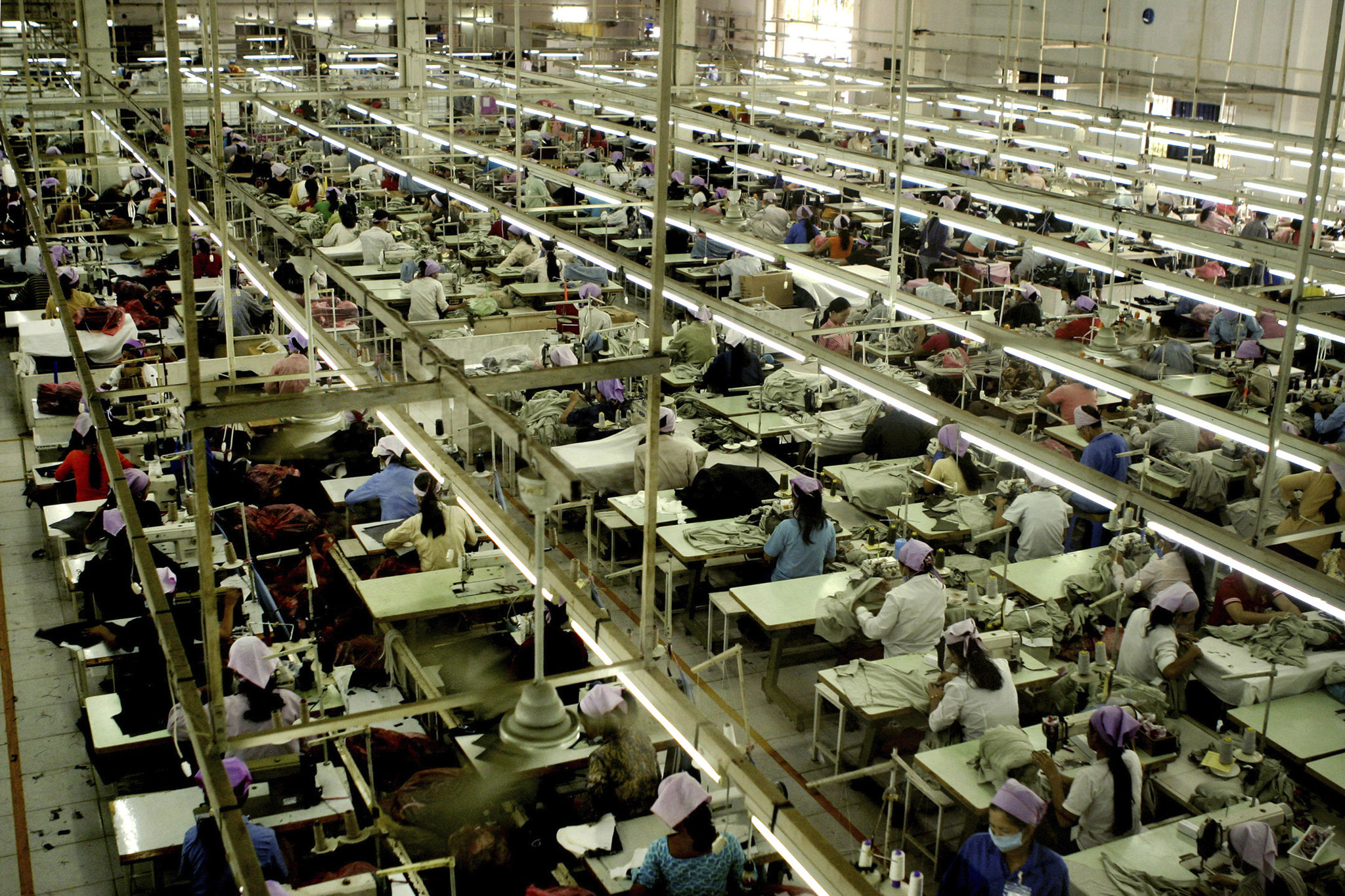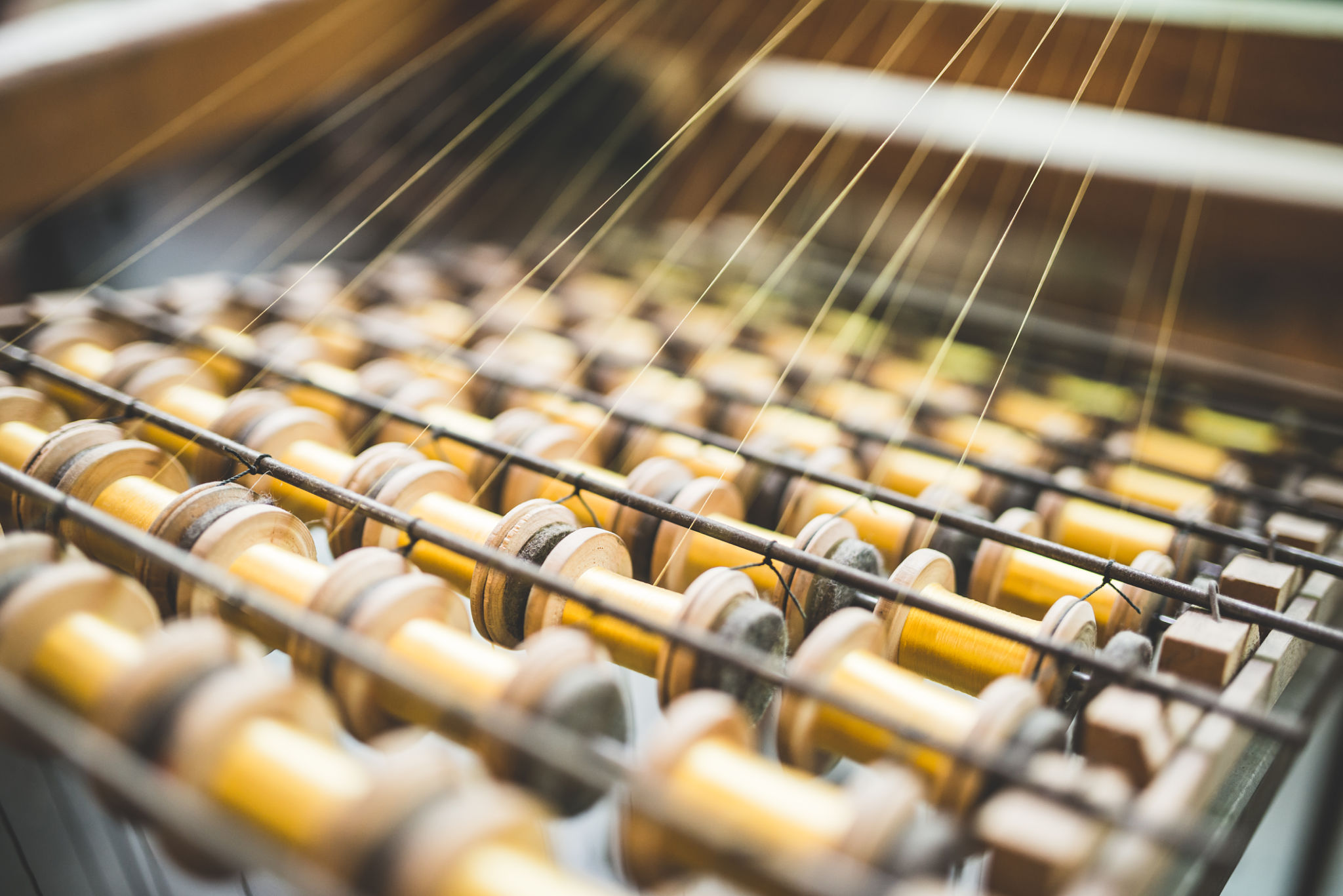Choosing the Right Garment Machinery for Your Business Needs
Understanding Your Production Needs
When it comes to choosing the right garment machinery for your business, understanding your production needs is the first critical step. Whether you're running a small boutique or a large-scale manufacturing unit, the type of machinery you invest in will significantly impact your efficiency and product quality. Consider factors such as the volume of production, the types of garments you plan to produce, and the fabric materials you'll be working with.
For instance, if your focus is on producing high-quality, bespoke pieces, you might prioritize precision over speed. On the other hand, if you are catering to mass production, machinery that offers speed and consistency should be at the top of your list.

Types of Garment Machinery
The garment industry offers a wide range of machinery designed for various processes. Some essential types include sewing machines, fabric cutting machines, embroidery machines, and pressing machines. Each type serves a specific purpose and choosing the right ones can streamline your production process.
Sewing Machines
Sewing machines are the backbone of garment manufacturing. Depending on your requirements, you could choose from basic mechanical machines to advanced computerized models. For businesses focusing on intricate designs, computerized sewing machines with multiple stitch options might be ideal.
Fabric Cutting Machines
Fabric cutting is another critical step in garment production. Automated fabric cutting machines provide precision and speed, reducing material waste and ensuring uniformity in cut pieces. This can be particularly useful for large-scale operations where efficiency is key.

Investing in Quality and Technology
Investing in quality machinery is crucial for long-term success. While it might be tempting to cut costs with cheaper machines, this can lead to frequent breakdowns and inconsistent product quality. Opting for reputable brands known for durability and after-sales service can save money and hassle in the long run.
Moreover, technological advancements in garment machinery have introduced features like automation and smart controls. These innovations can enhance productivity and reduce labor costs by minimizing manual intervention. Stay informed about the latest technology trends to keep your business competitive.

Cost Considerations
The cost of garment machinery can vary significantly based on the type and features of the equipment. It's important to create a budget that balances initial investment with long-term benefits. Consider leasing options or financing plans if upfront costs are prohibitive.
Additionally, take into account the maintenance costs and availability of spare parts. Machines that require frequent maintenance may increase operational costs over time, so assessing these factors beforehand can aid in making an informed decision.
Conclusion
Choosing the right garment machinery for your business is a decision that requires careful consideration of various factors, including production needs, machinery types, quality, technology, and cost. By thoroughly evaluating these aspects, you can make an informed choice that aligns with your business goals and ensures a smooth and efficient manufacturing process.
